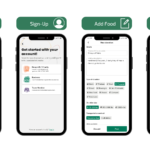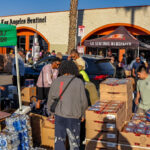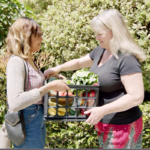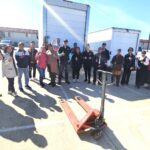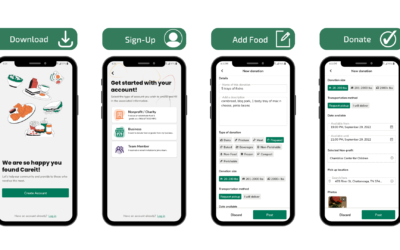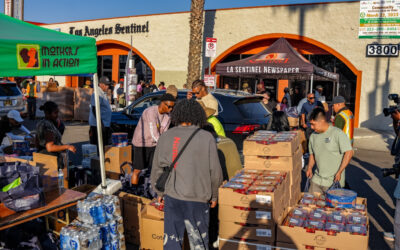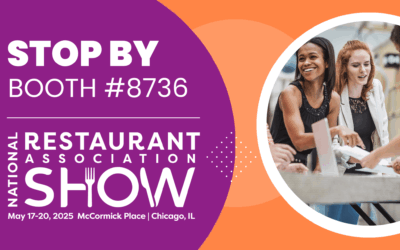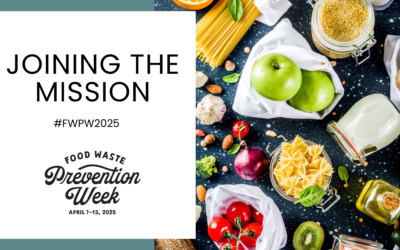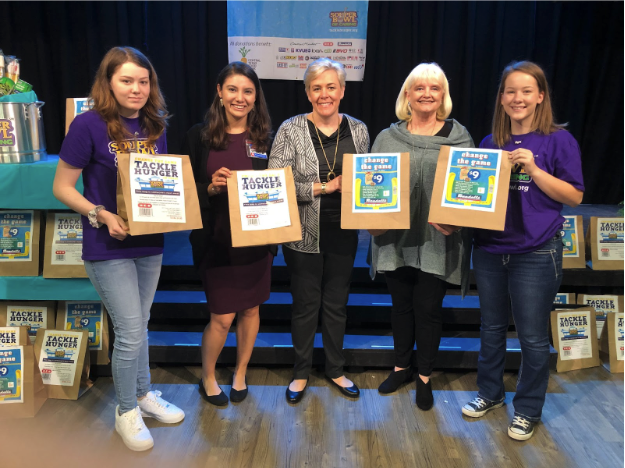
Careit sat down with American nonprofits’ best cheerleader, Alison Reese from Tackle Hunger to learn more about how we can all work together to eradicate hunger and food waste. Alison had so much experience and so many wonderful projects going on, that we wanted to share her story with the Careit network!
Careit: What brought you into the world of food insecurity?
As a teacher in K-12 schools from my college days until recently, I fed kids every day. It didn’t matter if I was at an inner city school where everyone knows there is a problem, or a suburban private school where everyone assumes that there is enough money at the end of the month to pay for the basic needs of the family. Because of this, I certainly understood the importance of making sure our children eat (if not, student attention is very much affected and kids won’t meet their potential whether on just one assignment or overall.) and saw the need for food assistance considering teachers bear the expense of making sure their students’ needs are met. (And this isn’t just food….I taught middle school where toiletries and other necessities were needed as well. No one can focus if a student isn’t wearing deodorant.)
In addition, there was also a need to teach students the joy of serving others. Service learning became a “thing” in the early 2000’s and I was the teacher tasked with making sure every student at my school had at least two worthy projects that they were able to engage with each year. Souper Bowl of Caring and collecting donations for students in need became a regular activity for me and my students at that time.
Careit: What is the Souper Bowl of Caring, and why should people care?
Souper Bowl of Caring and Tackle Hunger is a grassroots movement to create awareness and action so that all food charities have the resources they need to feed those in need at all times. It began as an assembly of youth groups across Columbia, SC, who mobilized to support local food charities in need. Each year they would use the Big Game in February as an opportunity to collect donations for the food charity of their choice. Then, the organization began to collate the data of what every group donated and the Souper Bowl of Caring was born.

To date, over $175 million has been collected and donated directly to the food charity of the participant’s choice. This has happened over 300,000 times over our history.
People should care because this is the only community centered effort that encourages people to become a support network for the food charity down their street who is feeding their neighbors in need. Only when a community comes together to solve its own problems in ways that make sense for their neighbors does tackling hunger really begin. I always say that 75% of what people do to tackle hunger is the same anywhere you go, but it is the 25% of the project that is unique to the local community. That is the part that really makes it a success.
Careit: What is the Tackle Hunger Map, and what are you tackling down?
The Tackle Hunger Map was In 2020, the world was dealing with the uncertainty of COVID-19 and lockdowns. A question arose from the uncertainty: could we find out what food charities need in real time? That one question led to the newest innovation: the Tackle Hunger Map.
Using our nation-wide connections with food charities and a partnership with Dell Technologies, we got to work. Through the power of artificial intelligence and some key monetary donations, the Souper Bowl of Caring developed the one-of-a-kind national Tackle Hunger Map.
The Tackle Hunger Map shows the locations of local food charities and their real time needs. Groups and individuals can easily become a support network for their local food charity or they can give right through the map. This means that food pantries of all sizes have equitable access to support. Donations given locally, stay local. This is what Tackling Hunger means…and every community has to help itself to make that happen. Our programs can help to make that happen.
The Tackle Hunger Map quickly became a valuable resource for disaster relief with real time tracking of needs and possible disruptions to supply chains. With a glance, it is obvious which food charities have available resources and which ones need assistance. A simple phone call to the charity can make sure people aren’t being turned away at a food charity.
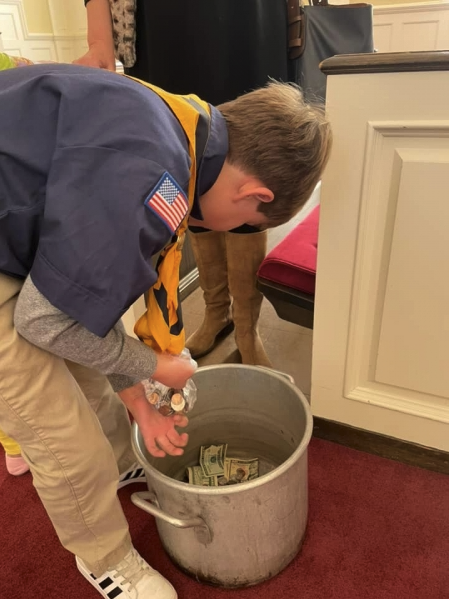
In emergency response and working with the Department of Defense and Northern Command, our map was pivotal in taking the response time of getting victims’ basic needs met from three weeks to three days. Seeing where food charities are on emergency evacuation routes improves the ability to stage critical supplies in appropriate locations for maximum support.
There is no national database of food charities that is being maintained to ensure accuracy. Without this important work being done, we will never know where there are holes in this vital system of support to the at least 40 million food insecure individuals in our country. Our map will provide that information so we can find creative solutions to be sure everyone has access to quality food.
Careit: How does access to data about food insecurity shift the landscape?
If we know where food charities are, then we know where they are not. And, if we can layer data about where ALL food charities are with data about where access to healthy foods are (i.e. grocery stores/farmers markets, etc.) and alternatively where dollar stores are, then we can start to see a picture of specific neighborhoods of major vulnerability to food insecurity. In addition, it seems that all food charities should have their needs broadcast so that those needs can be met especially by its community and, perhaps, more funding from either state or federal grants can be open to all of these entities. If food charities don’t have to work as hard to get the resources they need to feed those in need, then they can work on projects to improve health outcomes and also support other client needs better. It is a win-win.
Careit: What does a grocery store food drive look like, and what’s your favorite story about one?
A grocery store food drive is a fun way to motivate store employees to Tackle Hunger! In the three weeks prior to the Big Game, a grocery store can set up a Tackle Hunger Challenge at their store to encourage donations to their local food charity. In fact, when a store sells “virtual” or real food bags that are either most needed items at a food charity OR a meal in a bag, customers enjoy the ability to give something specific and something needed to a local food charity. Grocery stores sell these bags of food at the register and also offer the customer the ability to donate cash, if they prefer that. At the end of the campaign, they figure out the total number of bags sold and distribute the product (most of the time in bulk if the bags sold were virtual, which means that the store created 40-50 bags and sold the same ones over and over and recorded the total via computer) and the cash donated after the campaign ends. If the store has more than one location, the stores can compete to be the Tackle Hunger champion for the year.
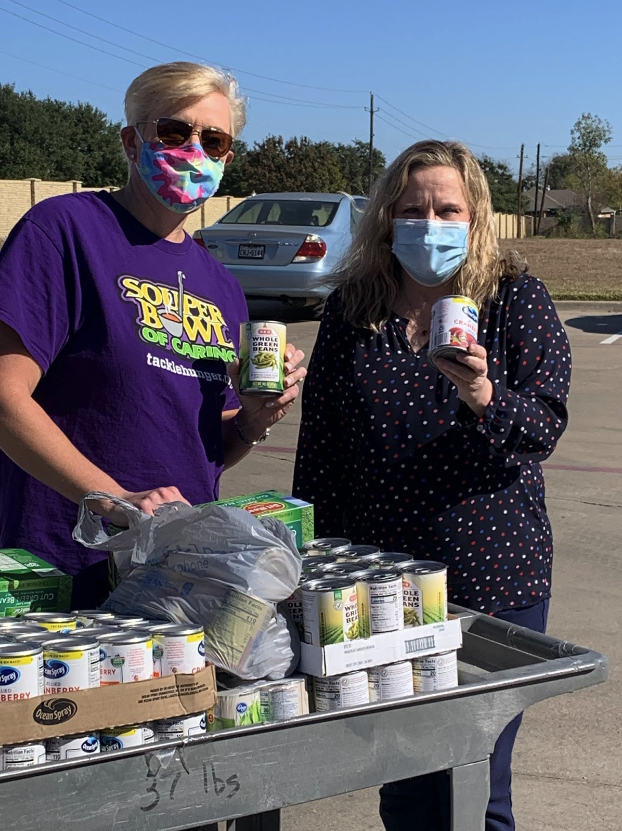
One great story is of a food charity that decided they would encourage donations the weekend of the Big Game.They brought one of their box trucks over and had a few volunteers out in front of the store asking shoppers to buy a bag for their food charity. One shopper was so moved, they went in and asked how many bags would fit in the truck. When the cashier was laughing and made a guess about how many bags that would be (I think he said 500 or something like that), the customer said, “Ring me up!” and just like that, the truck was full!
Careit: What is food equity and justice, and why does the government need to get involved?
Food equity is the idea that everyone should have equal access to quality, healthy food. Food justice means that, no matter where you live, you should be able to access healthy and fresh foods. The government needs to be more involved in this issue because right now they contract this “problem” out to a centralized organization that does not represent the entire country. That means that government resources and grants only get to the portion of the country where that big organization is located. So, in metro areas, there is a lot of redundancy in food systems, which include food charities and food stores. There are lots of places in the US that have no food charities and limited food stores (meaning only dollar stores or convenience stores). That means that these people do not have access to the same resources even though they pay the same taxes as those with these opportunities. Only if we know where these places are can we figure out what to do about it.
There has never been an effort to build a national database of all food charities. But that database is instrumental in being able to fight for food equity and to understand better how to serve everyone in need no matter where they are.
Careit: What can communities do to support their local food equity systems?
Get involved to know where local resources are in your community. It will take neighbors helping neighbors to really Tackle Hunger. Only until we all understand who is serving those in need locally and put a support network in place to be sure the food charity can take care of those needs will we be successful. This problem will not be solved only by the government, but we need the community to help solve their own problems. Faith-based communities, schools, civic organizations and neighborhoods can mobilize to help. That doesn’t mean they have to help every time, but only if we know a problem exists can we solve it. Using the Tackle Hunger Map and Careit technology together, we can start to see what food charities need in real time so that the community can rally around those needs and make sure that everyone has access to healthy foods. In addition, neighbors can help each other where food deserts exist until the time at which state and local governments can come up with better solutions for this problem.
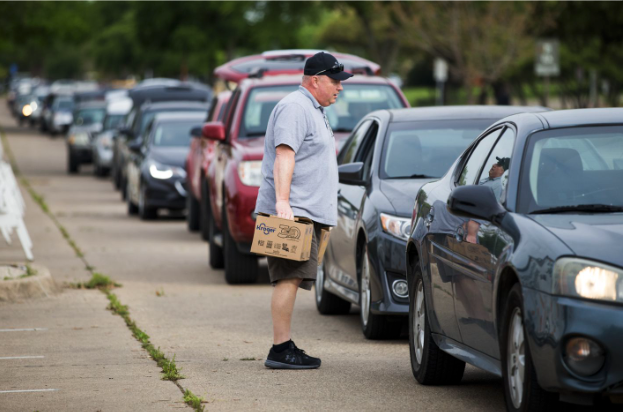
Careit: What can charities do to get involved with Tackle Hunger?
Host a donation collection to support your local food charity. You can use any sporting event as an opportunity to Tackle Hunger! What if everyone watching a sporting event just gave $1 or one can of food to that charity? If everyone helps, it isn’t a heavy lift! In addition, we have volunteer opportunities where one can help virtually by helping us create a national database of food charities and encourage more participation and donations through the Tackle Hunger Map!
Go to www.tacklehunger.org to learn more or to sign up!
